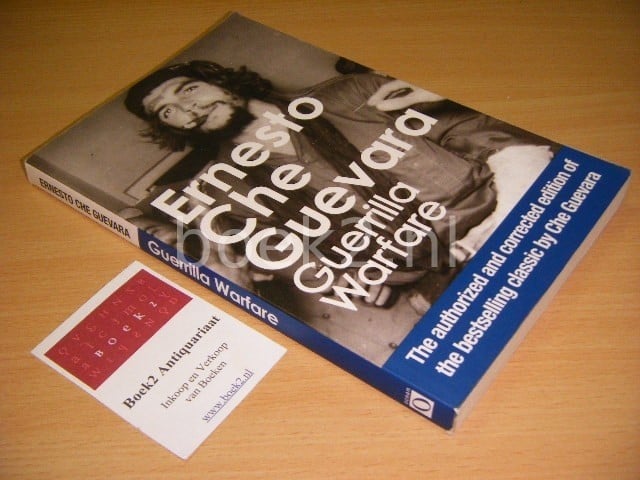Aside from being a physician and guerrilla leader, the Argentine Marxist Che Guevara was also an author. He wrote the book Guerrilla Warfare which was initially published in 1961. But was the book he wrote the reason for his ultimate demise?
Che Guevara’s book “Guerilla Warfare” explained different tactics for waging guerrilla warfare in different countries. The Bolivian counter-insurgency forces got a copy of the book and studied it. By 1967, they were able to capture and execute Guevara.
What Was The Book About?
The book Guerilla Warfare is a military handbook authored by the Argentinian Marxist, Che Guevara. It was published in 1961 after the Cuban Revolution. The manual served as a reference for thousands of guerrilla fighters in different countries around the globe. The book is based upon Guevara’s personal experience as a guerilla soldier during the revolution.
The theme of the book revolves around pro-guerrilla ideals, social reform, and combat. The book talks about the necessity to conduct guerrilla warfare within a country if all peaceful and legal means have been exhausted. Guevara also mentions that the essential prerequisite for doing so is the support of the people. He explained that the success of the Cuban Revolution was based on the people’s support of the guerrilla army.
The Cuban Revolution gave the people three lessons; popular forces can win a war against any regular army, guerillas can create their conditions, and the fundamental place of operation of a guerrilla army is within the countryside.
The book is divided into seven parts;
The opening of the book is dedicated to Camilo Cienfuegos. He was Guevara’s friend and fellow revolutionary who passed away shortly after the book was completed. Three chapters are dedicated to the body of the work—one chapter of two appendices. And finally, an epilogue that gives an appraisal of Cuba’s political situation at the time. (Source: Guerrilla Warfare)
Chapter 1: General Principles of Guerrilla Warefare
- Essence of Guerrilla Warefare
- Guerrilla Strategy
- Guerrilla Tactics
- Warfare on Favorable Ground
- Warfare on Unfavorable Ground
- Suburban Warfare
Chapter 2: The Guerrilla Band
- The Guerrilla Fighter: Social Reformer
- The Guerrilla Fighter as Combatant
- Organization of a Guerrilla Band
- The Combat
- Beginning, Development, and End of a Guerrilla War
Chapter 3: Organization of the Guerrilla Front
- Supply
- Civil Organization
- The Role of the Women
- Medical Problems
- Sabotage
- War Industry
- Propaganda
- Intelligence
- Training and Indoctrination
- The Organizational Structure of the Army of a Revolutionary Movement
Appendices
- Organization in Secret of the First Guerrilla Band
- Defense of Power That Has Been Won
Epilogue
- Analysis of the Cuban Situation, its Present and its Future
The basic and final thesis is that guerrilla warfare can be successful only when the population is in favour of the guerrilleros and is willing to aid and shelter them.
Renzo Sereno
Aside from Che’s own compelling rhetoric, each of the case histories demonstrates his influence and the application of his analysis in very specific terms.
Wayne Clegern
(Source: Guerrilla Warfare)
What Happened to Che Guevara?
The book was intended for revolutionary movements in Asia, Africa, and other parts of Latin America. However, the very same handbook was also studied by the military. US military forces adapted some of Guevara’s tactics to defeat guerilla fighters.
It wasn’t long after Guevara was traced, captured, and executed by the Bolivian army. Read about his unfortunate death here. (Source: Guerrilla Warfare)
